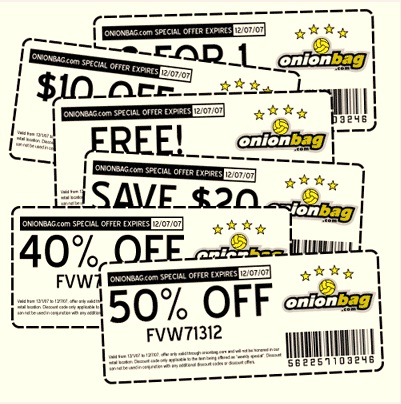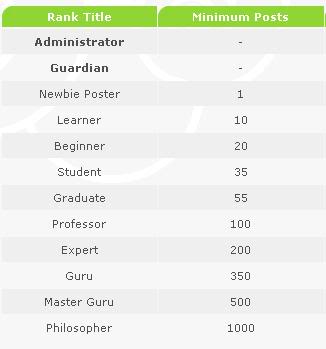Since Shopster application provides information related to product offers, it is useful to provide other shopping-related features that users will find helpful. There are numerous such services which provide their functionality through free apis. One such service is ProductWiki.
ProductWiki provides api support for accessing product information in their databases. The api provides two kinds of queries; one for a specific product (for eg:- iphone) using the productid and one for a general search of the product. It supports product search using different identifiers such as Amazon Standard Identification Number, Universal Product Code, European Article Number, Manufacturer Part Number and ProductWiki-specific productid. The api provides two return types: xml and json. User registration is required to get the api key.
The result of the api query is the information provided in the productwiki page of the corresponding product like: images, key features, pros and cons, reviews, related products from competitors, tags etc.
link: http://connect.productwiki.com/connect-api/
ProductWiki also provides a ready-made widget: “ProductWiki connect” that can be integrated into a website. In contrast to the api which provides an interface for accessing the data, the widget is used for accessing the ProductWiki specific features like product voting. pulling data from networking websites.


